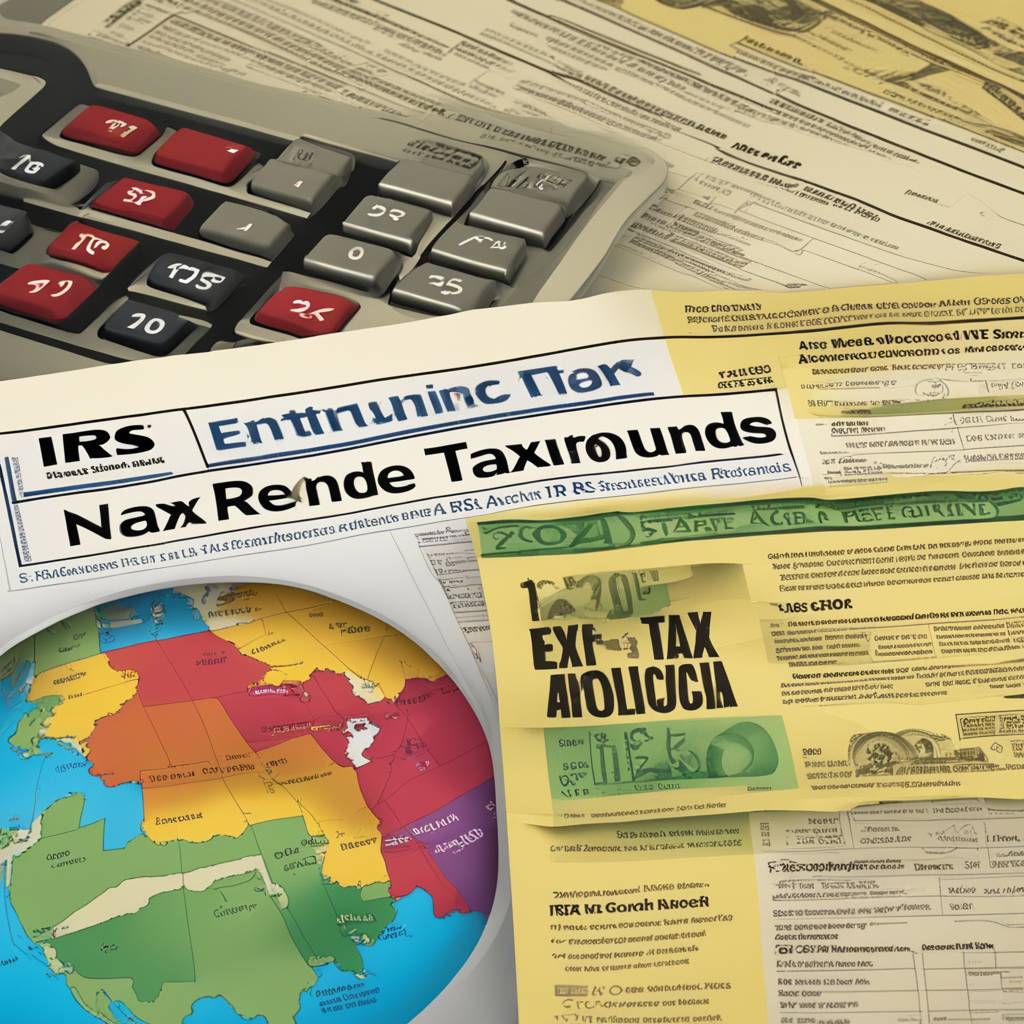As the tax deadline approaches, many Americans may not realize that their tax refunds could be seized by the federal government due to the Treasury Offset Program (TOP). This program allows the government to take away tax refunds from individuals who have outstanding debts such as state and federal tax debt, student loans, and child support. The program was updated in 2008 to allow the government to seize tax refunds for an indefinite period, resulting in many Americans being affected by this change. Last year alone, the federal government seized over $3.8 billion in delinquent debts through the program.
Financial literacy instructor Alex Beene from the University of Tennessee at Martin explains that individuals with federal debts may have portions or all of their tax refunds seized without warning in order to pay off their debt. The program typically sends a notice to individuals at least 60 days before the offset occurs, giving them an opportunity to address the delinquent debt. If the debt remains unpaid after 120 days, the program triggers and prevents the individual from receiving any future tax refunds. The TOP will only stop seizing tax refunds once the debt is paid off in full, whether it’s federal or state income tax debt, child support, unemployment insurance, or defaulted student loans.
In addition to tax refunds, Social Security benefits can also be seized by the TOP, with the program taking only 15 percent of the benefits. To prevent this from happening, individuals are advised to stay on top of their debts and take necessary measures to resolve them. This includes being aware of any outstanding debts owed to the government and reaching out to the IRS if there are any errors. However, individuals should be prepared for a lengthy wait time for a response. Financial planner Kevin Thompson points out that many people are caught off guard by smaller or no tax refunds due to debts they were unaware of, emphasizing the importance of knowing one’s status with the government prior to tax season.
Despite the existence of the TOP for many years, some individuals still feel that they do not receive adequate notification before their refunds or benefits are seized. This lack of awareness can lead to frustration and anger among those who were counting on their tax refunds to pay down debt. It is crucial for individuals to be proactive in understanding their financial obligations to the government to avoid any unexpected deductions. The best way to prepare for potential debt seizures is to maintain clear communication with relevant authorities and seek guidance on resolving outstanding debts before they impact tax refunds or benefits.


